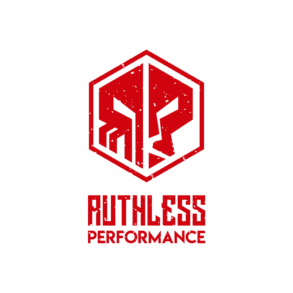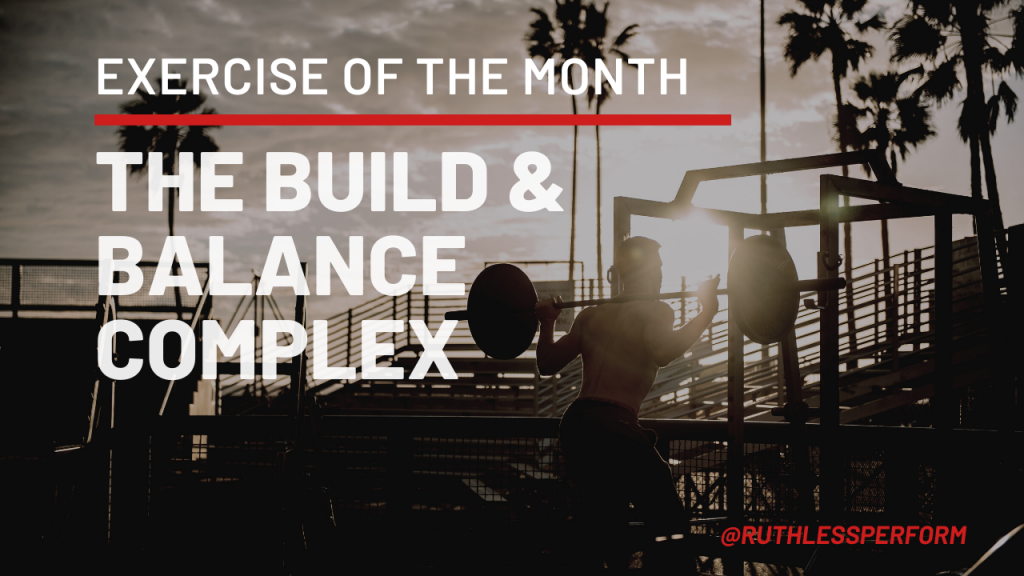Rather than using a single exercise for this installment of Exercise of the Month, we’re going to discuss an exercise complex; one which we use frequently across our athletic population.
Like many training evolutions at Ruthless, the Build & Balance Complex came out of my own training experiments. In this particular case, I was looking to build up a handful of capacities that would serve me well during my King’s Peak Ascent.
I was looking to build a supplemental complex that would strengthen my feet, strengthen the stability of my legs, pack on muscle, and facilitate better range-of-motion at the hip–this complex checks all these boxes and more.
Using B&B for Strength vs. Conditioning
Within the complex you can even manipulate the weight and rest periods to further enhance either conditioning or strength. By resting longer between sets and using heavier bells, you can get a greater strength stimuli, shorter rest periods with yield both greater muscle development as well as greater conditioning.
B&B Complex for Injury Prevention
Two of the muscles we focus on across the board with our athletes are the glutes and the traps. The fact that this complex hits these two so hard is no accident. The glutes serve to control the hip, while the traps have a great deal of control over the shoulders; therefore strengthening the glutes will prevent injuries at the hip, knee, and low back, while strengthening the traps will prevent injuries at the shoulder and thoracic spine.
Two primary functions of the glutes are hip extension as well as external femoral rotation. By pairing these exercises, both hip extension and external femoral rotation are training substantially.
The traps have to maintain scap & shoulder position during both exercises, making this a great choice for training the traps. By keeping the rest periods short, you’ll be able to stimulate the traps for both better motor control of the shoulder and better stability and positioning of the spine.
Here’s How To Do It

I recommend using this as a ‘B1 + B2’ or ‘C1 + C2’ in your program on a lower-body dominant training day.
The first time you do this complex, perform only two sets, that should be ample stimulation. Do once per week for 4 weeks, adding a set each week. Add weight when you can.
If you’re looking for another variable to add, consider tracking density. Density is more or equal work in less time. So begin a timer when you start and try to beat the time each week. If you’re doing two sets on week 1 and complete the complex in 4 minutes, then the following week you add an additional set, but you only add a minute to your time, you’ve improved by completing more work in less relative time (6 sets in 5 minutes vs. 4 sets in 4 minutes).
Good luck.

